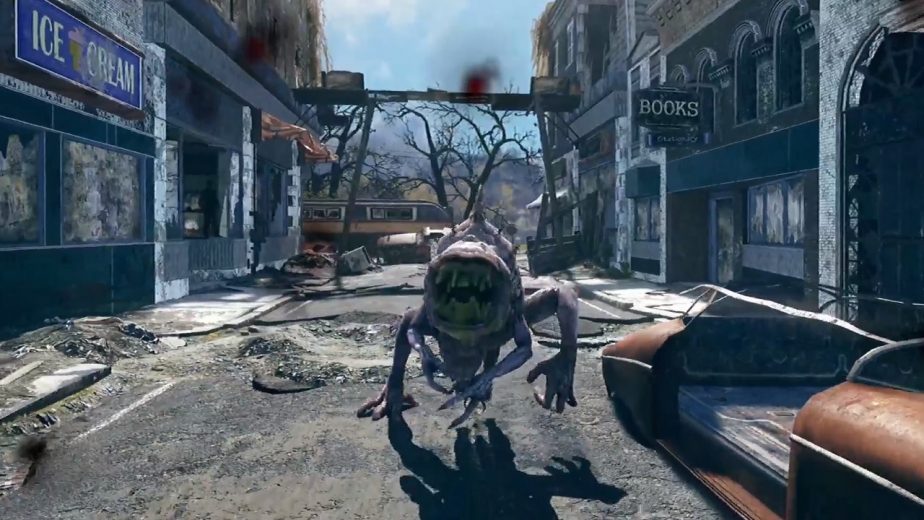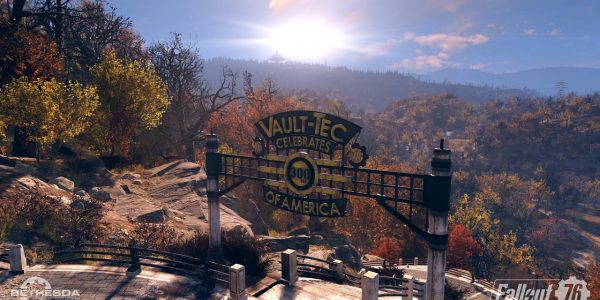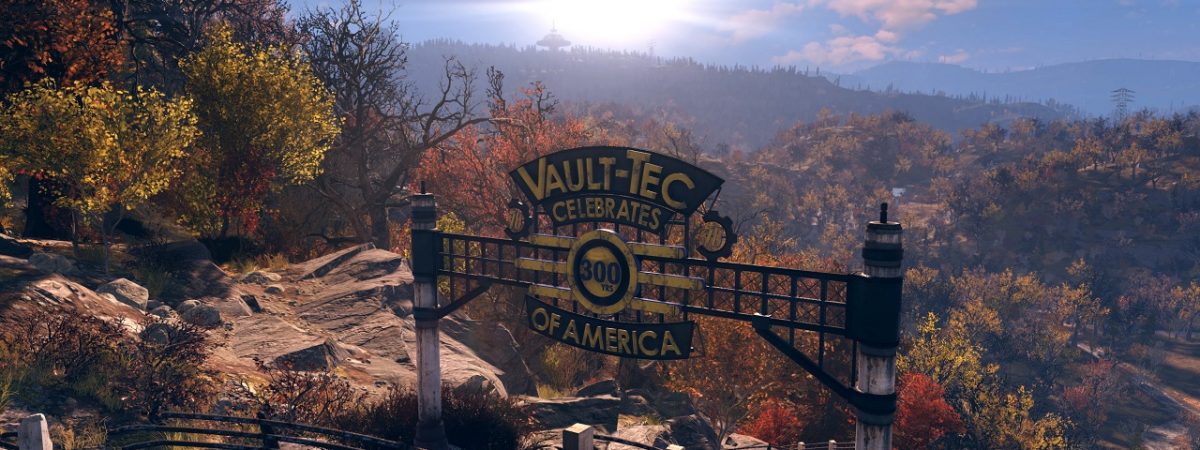Fallout 76 is set to release this coming November, in just a few months’ time. Although Bethesda has released plenty of trailers at this point, they have yet to give fans a detailed look at gameplay. However, fans have seen plenty of the setting of West Virginia; set to be a notable departure from the settings of previous Fallout titles. The region actually features living plant life, for one, and several distinct areas with different sorts of fauna and flora. Recently, a nuclear physicist gave an interview about Fallout 76, and how realistic its setting actually is. While Vault-Tec’s vaults might not be very practical, the Fallout 76 nuclear wasteland itself might be a bit more realistic… though probably not as bad as portrayed.
The Fallout 76 Nuclear Wasteland
The wasteland of West Virginia will be a bit different from the settings of the previous Fallout games. Instead of an entirely brown and grey irradiated wasteland, Fallout 76’s wasteland is surprisingly diverse. It features living forests, for one. Recently, PCGamesN interviewed Professor Paddy Regan from the University of Surrey about the setting. According to Regan, the plant life certainly wouldn’t die out on the scale often seen in Fallout. In fact, Fallout 76’s West Virginia setting is much more accurate in that regard. However, where it diverges sharply from reality is in the way it portrays mutation.

“The reality is,” explains Regan; “if a creature has a significant radiation mutation, that generally means that it does not reproduce. We get mutated genes all the time, and the likelihood of you passing one on to a healthy offspring that can survive is limited. Generally, nature gets rid of it. The three-eyed fish from The Simpsons is a nice fiction.”
This is hardly surprising, especially given the outlandish extremes which appear in the Fallout setting’s mutant creatures. There have been instances of extreme mutation in reality, but these usually come with severe health defects, ensuring that mutant animals rarely survive for long. While some experiments have shown that mutations can appear in later generations within irradiated populations, the results would be unlikely to replicate in reality; “That means you’ve had ten generations of breeding with people who maybe haven’t interacted with that radiation,” continues Regan; “in general, healthy genes are the ones that survive.”




